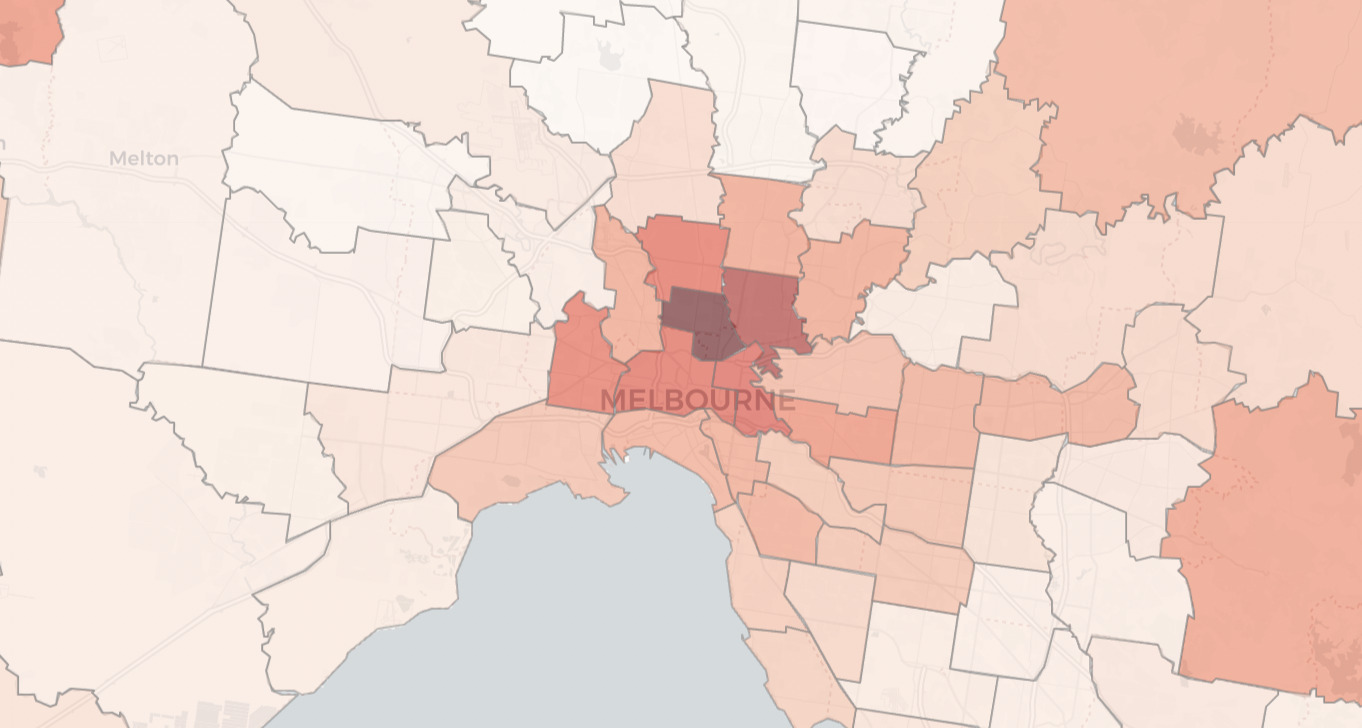I spent a lot of energy before the Victorian election talking about below the line voting – encouraging voters to use the method and analysing its impact on previous elections. We now have all the data to assess how things went. While the below-the-line rate reached a new record, it wasn’t that much above last election, and suggests that it will be hard to see the rate reaching much higher under the current system.
The overall rate reached 9.4%, up from 8.8% in 2018.
While it's hard to predict where things could go by 2026, it's hard to see a campaign with more attention paid to below-the-line voting driving up that vote much further in the current system.
I previously analysed which seats would have changed hands without the impact of below-the-line voting. I found that the Greens would have lost two of their four seats if every below-the-line vote was instead an above-the-line vote for the same party - one to Legalise Cannabis and another to Transport Matters. Antony Green also has a blog post where he runs through the below-the-line rate per party. Some of the smaller left-wing parties had the highest rates - a majority of Reason voters cast a below-the-line vote - but there are also some others ranking high.
I wanted to get a sense of the geographic spread of results. To start with, I wanted to follow up on recent blog posts by looking at how below-the-line voting compares to informal voting. Unsurprisingly, there's a strong negative correlation. Places with lower informal rates had higher below-the-line rates.
And finally this map shows the rate by seat.
Of course the below-the-line rate is much higher in the inner city, and the rural seats tend to have higher rates than suburban seats.
This is my final bit of analysis on the Victorian election - I have some analysis planned on upcoming redistributions, then it's full steam to New South Wales!



